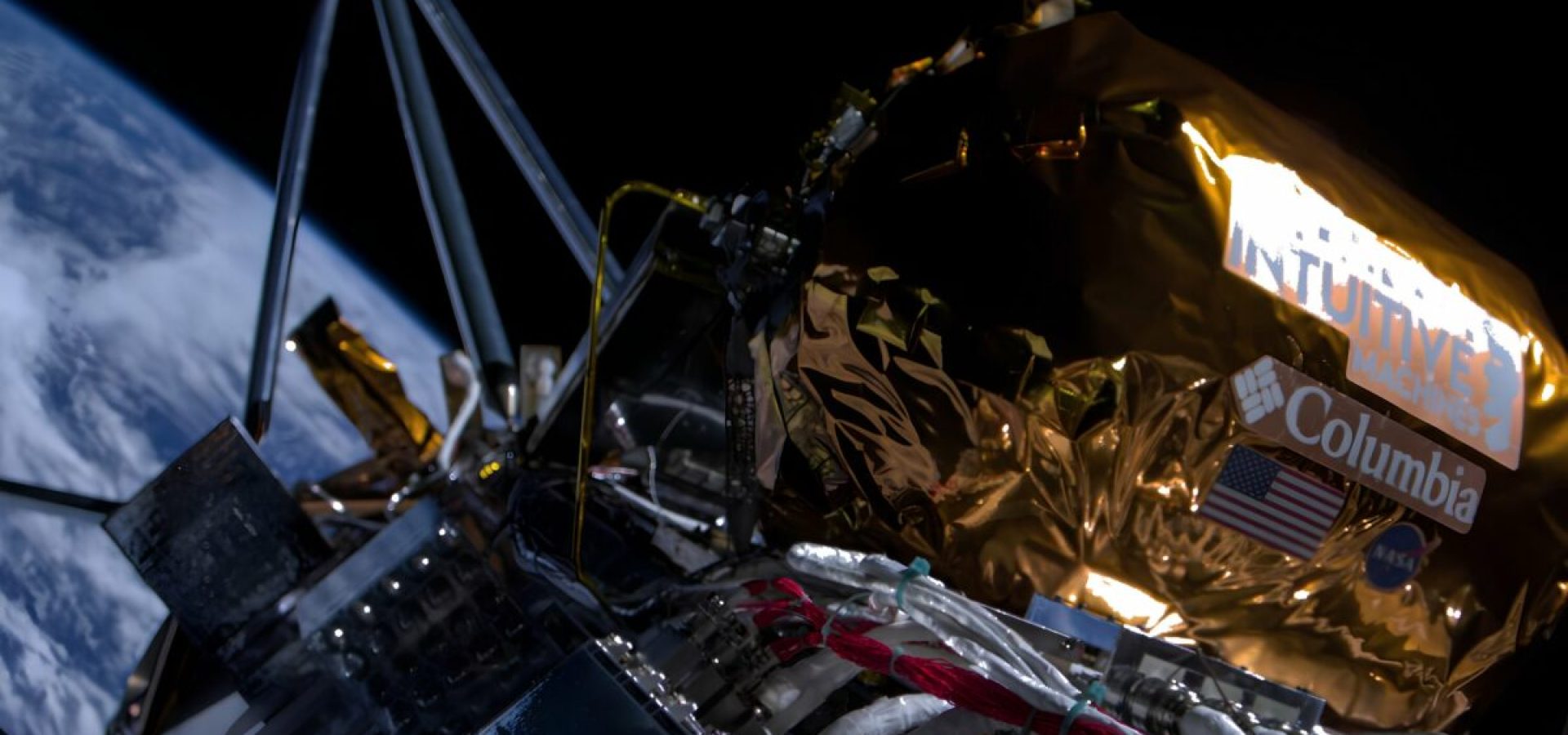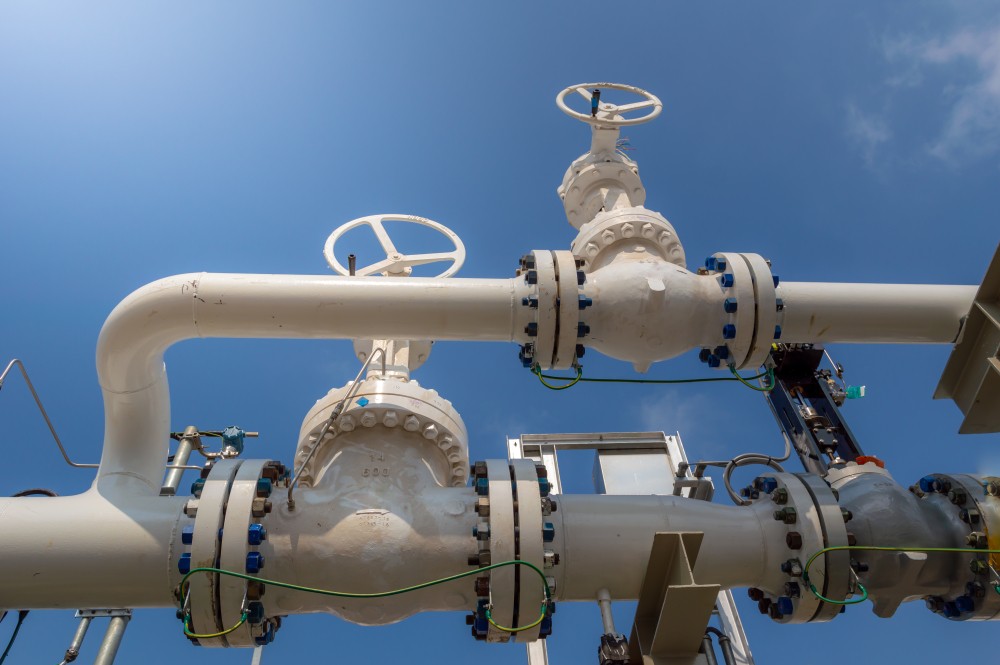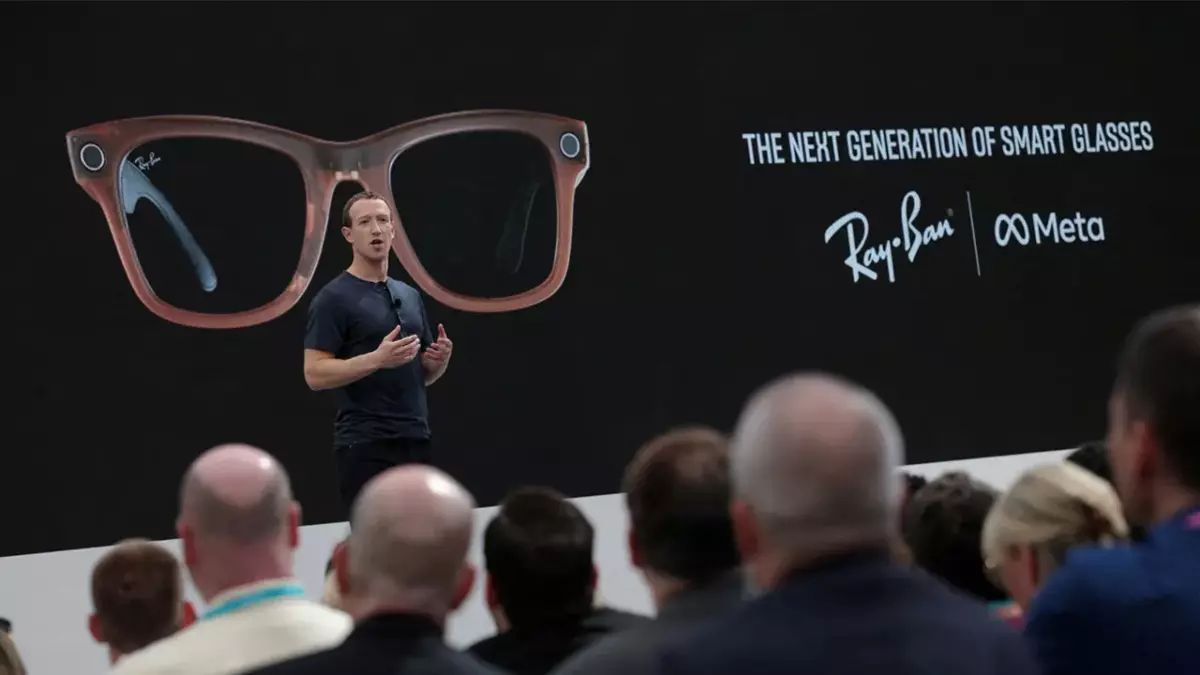Quick Look
- NASA and Intuitive Machines sponsored the Odysseus Moon Lander. It marks a significant milestone as the first-ever privately owned US lander on the moon since 1972.
- Odysseus experiences a sideways touchdown due to an uneven lunar surface. However, the mission’s technical challenges offer parallels to navigating the global economy.
- With a combined investment of $218 million, the mission underscores the role of public-private partnerships in pioneering space exploration and economic growth.
- The spacecraft’s challenges, including in-flight failures and human error, mirror the complexities and risks inherent in global economic ventures.
- The mission’s focus on the moon’s south pole for potential resources parallels the quest for new economic frontiers and sustainable development.
The Odysseus Moon Lander embarked on its journey from Cape Canaveral aboard a SpaceX Falcon 9 rocket. Indeed, this mission is not only a landmark in the annals of space exploration but also a testament to the innovative spirit that propels the global economy forward. The collaboration between NASA and Intuitive Machines, pooling resources of $218 million, exemplifies the powerful synergy between public missions and private enterprise, reflecting a model for fostering economic growth and development.
Overcoming $218M Hurdles: Insights into Economic Strategy
Throughout its mission, the spacecraft encountered its fair share of challenges. Technical glitches, such as the failure of laser-guided range finders due to human error, contributed to its premature conclusion. These challenges mirror the hurdles that economies worldwide face: unexpected crises, the need for agility, and the importance of resilience. The mission’s capacity to adapt and continue, even briefly, reflects the economic principle of navigating volatility with innovation and strategy.
Exploring Moon Resources: Paving the Way for Economic Sustainability
The exploration of the moon’s south pole by the Odysseus Moon Lander, a region believed to contain ice and potentially vital resources, parallels the global economy’s search for new frontiers and sustainable solutions. Just as the mission aimed to unlock the moon’s secrets to benefit future astronaut missions, economies are in pursuit of renewable energy sources, innovative technologies, and sustainable practices to ensure long-term prosperity.
The Odysseus Alliance: Forging a Space-Economy Synergy
The funding and execution strategy of the mission highlights the importance of public-private partnerships. These partnerships are crucial for achieving significant goals. This collaborative approach acts as a model. It helps tackle global economic challenges. The support from governments combines with private sector innovation. Together, they drive progress and deal with the 21st century’s complexities.
In conclusion, the Odysseus Moon Lander mission showcases a powerful combination. It combines ambition, collaboration, and resilience. This mission offers valuable lessons and insights for the economy. It underlines the importance of facing new challenges. It also stresses the value of building partnerships. Moreover, it advocates for the pursuit of sustainable development. As we explore unknown spaces and the global economy, these lessons are vital.









COMMENTS